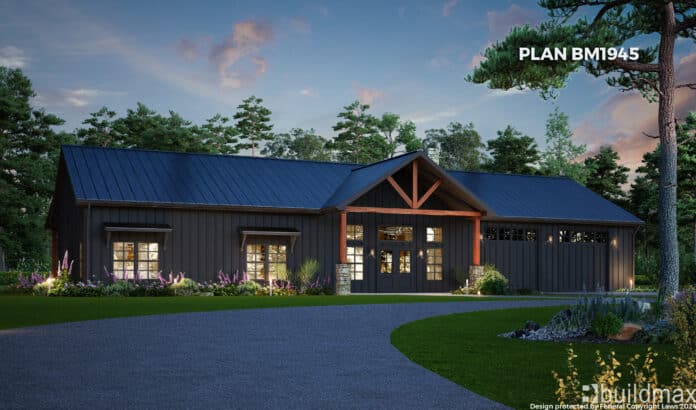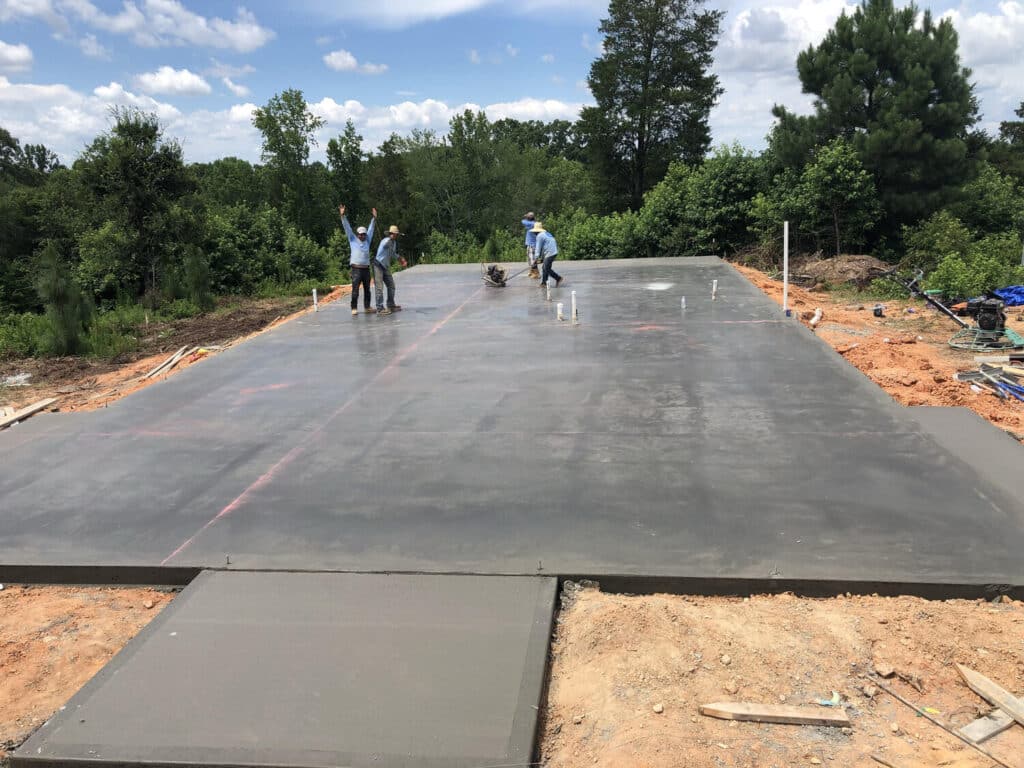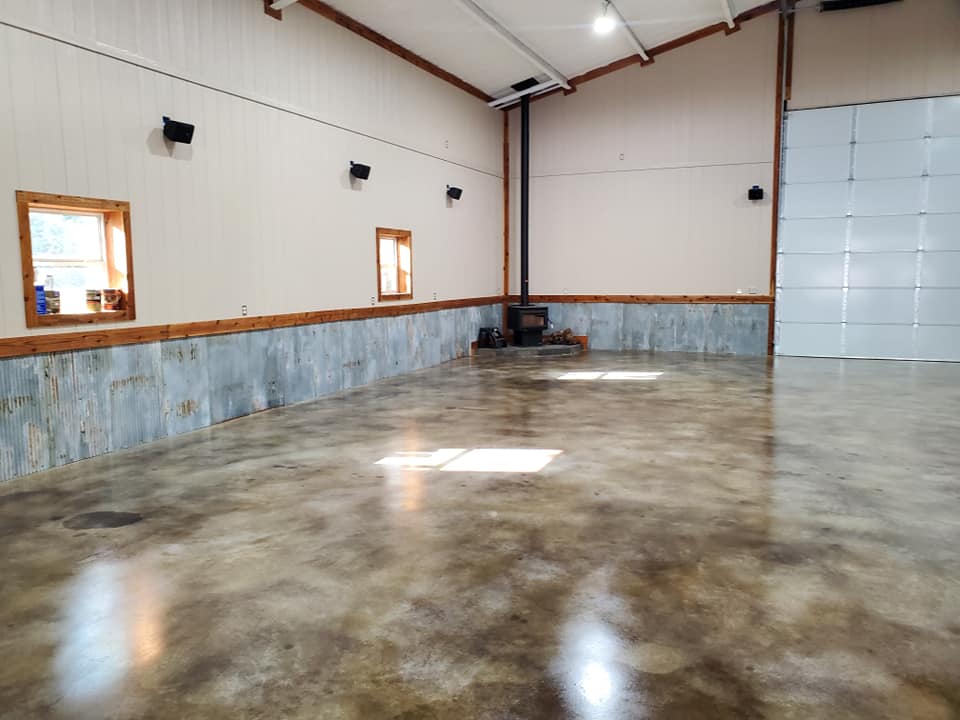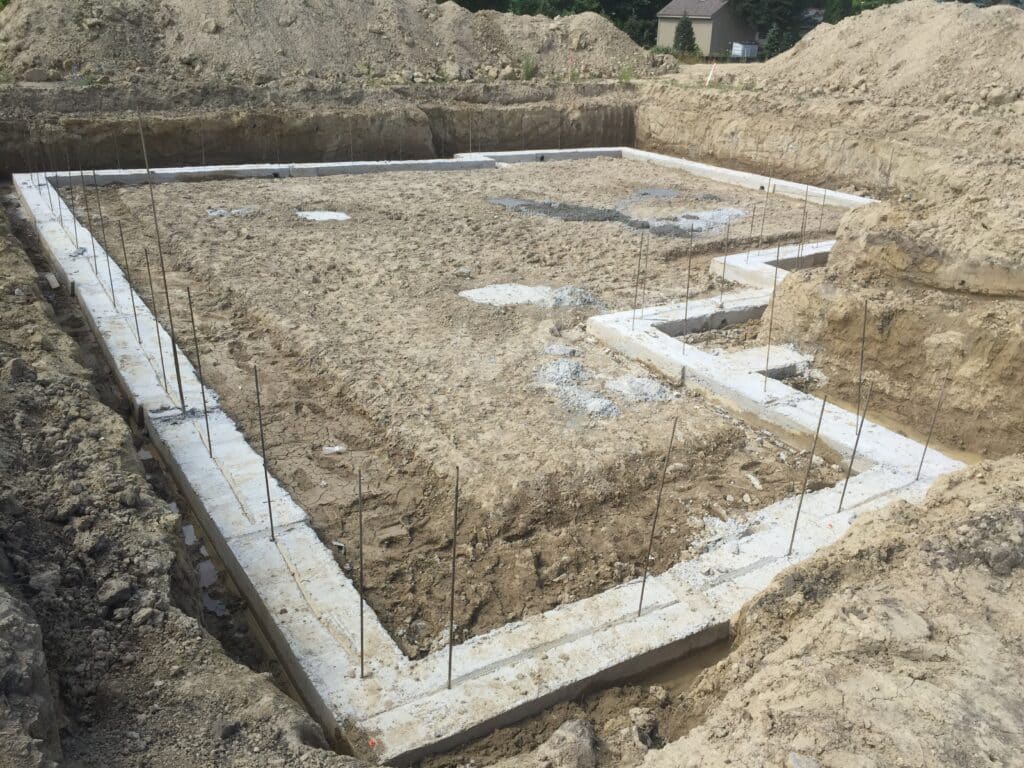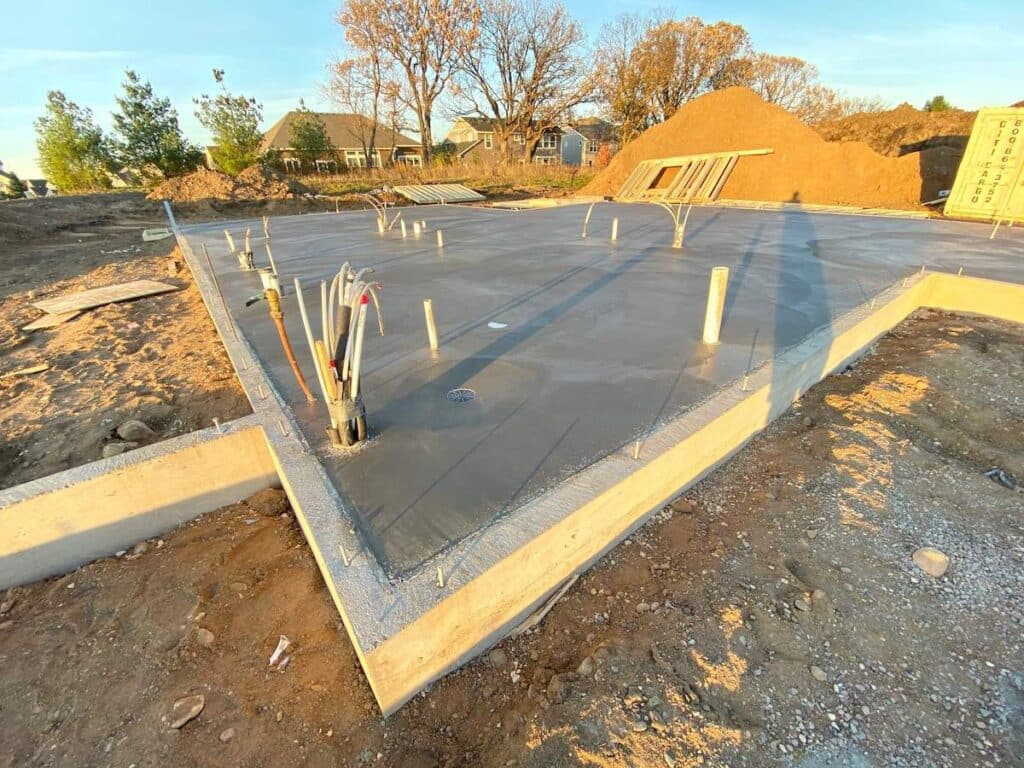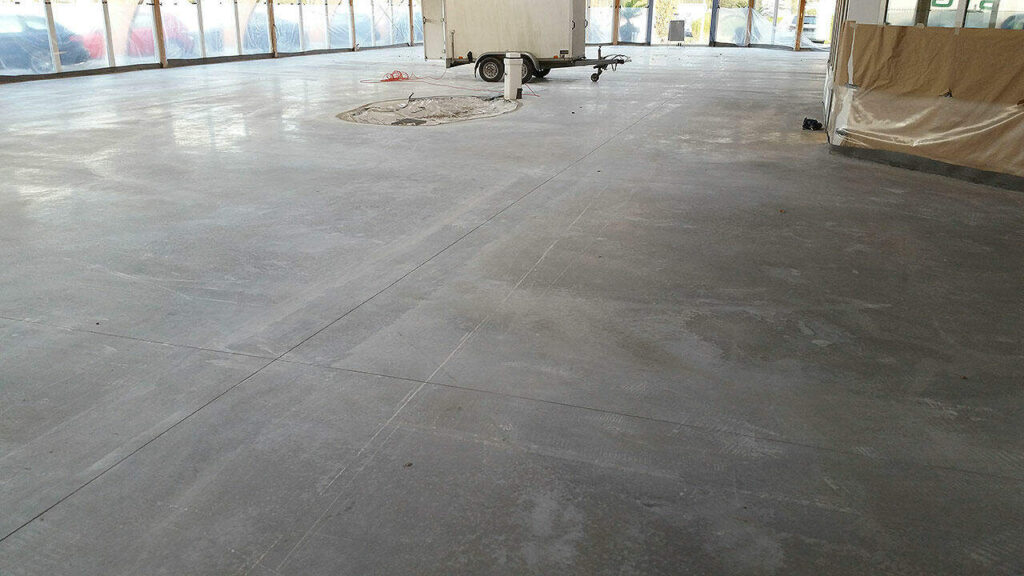What Foundation is Best for a Barndominium?
Choosing the right foundation for your barndominium is a critical decision that affects the structural integrity, longevity, and overall cost of your building. Barndominiums, which combine living spaces with storage or workspaces, are typically constructed using either steel or wood frames, and the foundation must support this hybrid structure. Among the various foundation options, the monolithic slab is often considered the best choice for barndominiums. This article will explore the reasons why a monolithic slab foundation is preferred over other options and discuss the benefits it offers.
Types of Foundations
Before diving into the advantages of a monolithic slab foundation, it’s essential to understand the different types of foundations available:
1. **Monolithic Slab**
2. **Pier and Beam**
3. **Crawl Space**
4. **Basement**
Each foundation type has its own set of benefits and drawbacks, depending on the specific needs of the structure and the characteristics of the building site.
Monolithic Slab Foundation
A monolithic slab foundation, also known as a single-pour slab, is a type of concrete foundation where the footing and the slab are poured simultaneously. This method creates a seamless, one-piece foundation that is both the base and the floor of the structure.
Advantages of Monolithic Slab Foundations
1. **Structural Integrity**
– **Uniform Support**: The continuous nature of a monolithic slab provides uniform support across the entire structure. This reduces the risk of differential settling, which can cause cracks and structural damage.
– **Durability**: Concrete is highly durable and resistant to pests, moisture, and decay, making it an ideal material for a long-lasting foundation.
2. **Cost-Effectiveness**
– **Lower Labor Costs**: Since the footing and slab are poured at the same time, the labor costs are generally lower compared to other foundation types that require multiple steps and additional materials.
– **Reduced Construction Time**: The single-pour process speeds up the construction timeline, allowing for quicker project completion and reduced labor expenses.
3. **Energy Efficiency**
– **Thermal Mass**: Concrete has a high thermal mass, meaning it can absorb and store heat. This helps maintain stable indoor temperatures, reducing heating and cooling costs.
– **Insulation**: With proper insulation beneath and around the slab, a monolithic slab foundation can contribute to an energy-efficient building envelope.
4. **Pest Prevention**
– **Barrier to Pests**: A solid concrete slab acts as a barrier to pests such as termites and rodents, which can cause significant damage to other types of foundations over time.
5. **Simplicity and Versatility**
– **Simplified Design**: The straightforward design of a monolithic slab foundation simplifies the engineering and construction process, making it a versatile option for various building designs and site conditions.
– **Versatile Application**: Monolithic slabs can be used on a wide range of soil types and are suitable for both level and slightly sloped building sites.
Comparison with Other Foundation Types
1. **Pier and Beam**
– **Advantages**: Provides a crawl space for easier access to plumbing and electrical systems; suitable for sloped sites.
– **Disadvantages**: More susceptible to moisture issues and pest infestations; higher labor and material costs.
2. **Crawl Space**
– **Advantages**: Elevated structure provides access to utilities and better flood resistance.
– **Disadvantages**: Requires additional maintenance to prevent moisture and pest problems; higher initial cost compared to a slab foundation.
3. **Basement**
– **Advantages**: Provides additional living or storage space; suitable for areas with frost heave concerns.
– **Disadvantages**: Significantly higher construction costs; potential for moisture and water intrusion issues.
Considerations for Choosing a Monolithic Slab Foundation
While a monolithic slab foundation offers numerous benefits, it’s essential to consider a few factors before deciding:
1. **Soil Conditions**
– Ensure the soil has adequate load-bearing capacity and proper drainage to prevent issues with settling or water accumulation.
2. **Climate**
– In regions with severe freeze-thaw cycles, additional measures may be needed to prevent frost heave, such as deeper footings or insulation around the perimeter.
3. **Building Design**
– The specific design and intended use of the barndominium may influence the choice of foundation. For example, if a basement or crawl space is desired for additional storage or utility access, another foundation type may be more suitable.
All-in-All
A monolithic slab foundation is often the best choice for barndominiums due to its structural integrity, cost-effectiveness, energy efficiency, pest prevention, and simplicity. This type of foundation provides a solid, durable base that supports the unique hybrid structure of a barndominium. While other foundation types have their own advantages, the monolithic slab stands out as a versatile and reliable option for most building sites and designs. When planning your barndominium, carefully consider the site conditions, climate, and specific needs of your project to determine the best foundation type for your new home.



